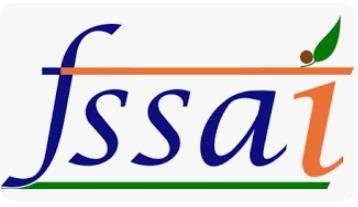
FSSAI Tested 86,401 Food Samples For Pesticide Residues 2.8Pc Exceeded Limits: Govt
In a written reply in the Rajya Sabha, Prataprao Jadhav, Union Minister of State for Health and Family Welfare, stated that“2.8 per cent samples” were found to exceed the limits.
“FSSAI through its regional offices and State/UT Food Safety authorities undertakes regular surveillance, monitoring, inspection, random sampling of food products and targeted enforcement drives especially during festive/peak demand seasons, to ensure compliance with Food Safety and Standards (FSS) Act, 2006 Rules and Regulations made thereunder,” Jadhav said.
“During 2022-25, a total of 86,401 samples of various food commodities were collected and analysed for pesticide residues, out of which 2.8 per cent of samples were found exceeding Maximum Residue Limits (MRL) as notified by FSSAI,” he added.
FSSAI notifies the MRLs of pesticides on food commodities under the Food Safety and Standards (Contaminants, Toxins and Residues) Regulation, 2011, after performing risk assessment.
Jadhav noted that FSSAI, under the National Annual Surveillance Plan (NASP), has also been conducting nationwide monthly surveillance drives on various food commodities to assess the compliance of food commodities with the applicable provisions of FSS Regulations.
“If any non-compliances are detected during surveillance, enforcement sampling is subsequently carried out on the non-compliant samples. In cases where the enforcement samples are found non-conforming, regulatory actions are initiated against the defaulting Food Business Operators (FBOs) as per the provisions of FSS Act 2006, Rules and Regulations made thereunder,” the Minister said.
Further, the Department of Agriculture and Farmers Welfare (DA&FW) funded a project“Monitoring of Pesticide Residues at National Level” (MPRNL) to monitor the pesticide residues in various food commodities.
Under the MPRNL project, samples of food commodities like vegetables, fruits, spices, cereals, pulses, herbs, fish/marine, meat and egg, tea and milk are collected from different parts of the country by 35 participating laboratories and analysed by National Accreditation Board for Testing and Calibration Laboratories (NABL) accredited testing laboratories for the possible presence of pesticide residues.

Legal Disclaimer:
MENAFN provides the
information “as is” without warranty of any kind. We do not accept
any responsibility or liability for the accuracy, content, images,
videos, licenses, completeness, legality, or reliability of the information
contained in this article. If you have any complaints or copyright
issues related to this article, kindly contact the provider above.


















Comments
No comment